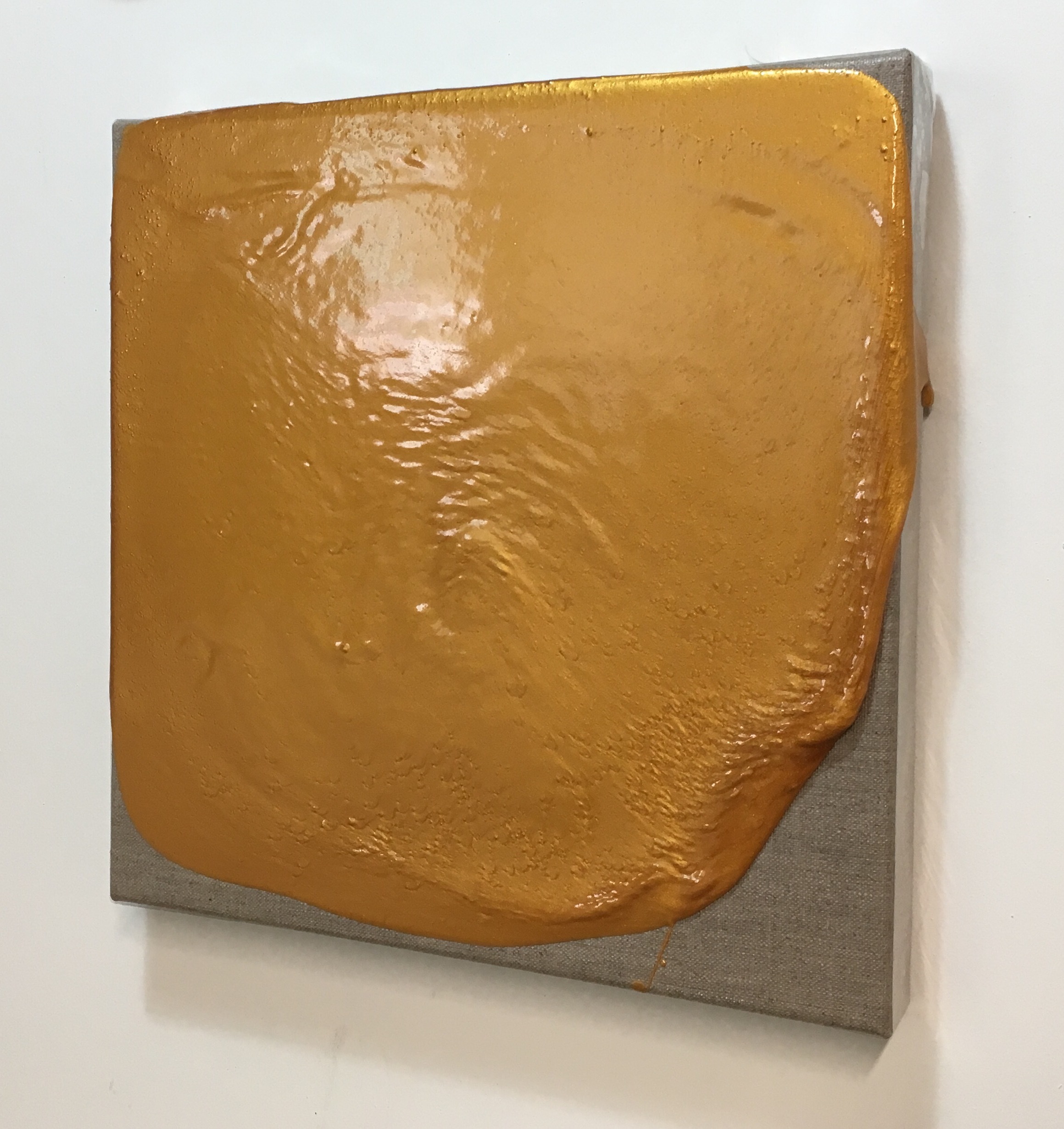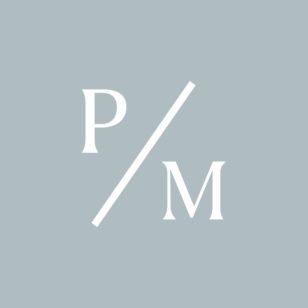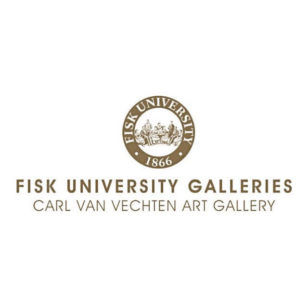INTERVIEW: JOHN TALLMAN
JUN. 01, 2017
INTERVIEW: JOHN TALLMAN
JUN. 01, 2017
Rachel Bubis: You’re a Painter. But you seem to approach painting in a very specific and deliberate way, with the intention of re-contextualizing the medium. Would you say this is accurate?
John Tallman: Yes, that’s right. If we unpack this specificity in terms painting, I would say it started with [Jackson] Pollock. Pollock took paint as it was, he didn’t try to falsify the characteristics of the paint. He put the liquidity in the center of his work. That’s a radical departure from every artist before him. It’s actually very difficult to re-contextualize the medium, maybe impossible. But I think a slight, temporary shift might be possible.
RB: In addition to acrylic paint, you also use other plastic materials such as urethane resin to create your “canvas” from a mold or to add texture to your canvas before adding pigment. Because of this, some of your paintings have a sculptural element to them. Can you talk more about your process/ interest in this resin material?
JT: First of all, a chemical reaction takes place. I mix two liquid “chemicals” together, they heat up (interact) and then cure. That’s the urethane plastic. The way the plastic reacts before it cures is unpredictable. I embrace that unpredictability. I like giving up some of that control. Many artists welcome chance into their practice. I started using the plastic material because it’s so modern. It is functioning as paint, but you can see that it is not paint. Plastic gets a bad rap because it’s not great for the planet and could be carcinogenic. That’s true, but look around! Practically every person on earth is interacting with plastic all the time. From your phone to your car. A world without plastic can’t exist. I use the plastic because it’s not traditionally artful, especially if it’s meant to stand its own. As far as the sculptural elements of my work goes, yes it’s in there but doesn’t need to be taken so seriously.
RB: One of the most notable aspects of your work is your use of color. How do you choose the pigments? I believe you said it was largely intuitive and that you lean towards un-natural/synthetic pigments, often straight from the bottle, rather than mixing. What draws you to this use of color?
JT: Part of me wants to be offensive. But not too offensive. Have you ever met someone who doesn’t know how to dress properly with tasteful color combinations? It’s like an assault on the eyes. About twelve years ago, I went through a stage of using florescent paint. I wanted it to be as bright as possible. I was interested in the phrase “It hurts my eyes”, to describe something extremely bright. I’ve pulled back from that some, and now I’m looking for color that can be un-referential and still a little subversive. I like to use pink. I don’t “like” pink personally. I don’t own any pink clothes and I have nothing pink in my home. But, for me, it makes a good painting color. It’s good to use in a monochrome and somehow is able to stand on its own.
RB: When do you know you’re finished with a painting? You’ve said you like the idea of your paintings staying wet forever. Why?
JT: Two years ago I visited the Rijks Museum in Amsterdam and I saw, among so many amazing things, a number of Rembrandts. They look like they were painted yesterday! I associate a wet look with vitality and freshness. If my paintings never dried, they would never be finished, the possibilities would always be there. “Finishing” a painting should probably be irrelevant. I have always struggled with that. I guess something eventually happens on the canvas and I grow attached to it. But since I rarely work with a preconceived idea, who knows when that will happen. Paintings should be able to grow organically. I was educated in a school that was heavily staffed with second generation abstract expressionist types and I’ve never really shaken that.
RB: During our studio visit, you mentioned an international community of artists that you - collaborate might be the wrong word? - but that you regularly correspond with, are making work in the same vein, and often show in the same exhibitions together. From what I understand, you seem to share a philosophical approach to your process and medium, and are more internationally vs. locally focused. I believe you even said (and you seemed to actually delight in this), that some of the work you do is almost undifferentiated...
RB: Can you talk a little bit more about how you came to find this group of like-minded artists and how it affects your practice?
JT: It started with blogging. I had a blog called “Color Chunks”. It was a visual blog dedicated to assertive color. You can still see it but I haven’t posted anything since 2011. Somehow people found that and then things grew out from there. I connected with IS Projects out of the Netherlands, Sydney Non Objective out of Australia and Paris Concret out of France. There was a reductive aesthetic that would bring people together but actually the methods were quite diverse. There has never been a real structed group and the group doesn’t have a name. One culmination was the Therely Bare 2

RB: If you had to give this group a title, what would you call yourselves? Or rather, if an art historian from the future were to write about you, how would you like him/her to describe you?
JT: There have been different words bandied about: Post Formalist, Post Minimal, Reductivist, but I’m not sure any of those really apply. Some people fade away and then others sort of take up the mantel, so it’s hard to get a good fix on it. I think the nature of the work - essentially “abstract”, “non-objective” etc. - lends itself to being shared across borders, across languages. And on top being “reductive”, makes things even more specific. Maybe other groups formed out of uniting for a common cause, in our case it was more of a flocking out of a shared aesthetic.
RB: In a time where everything in art has been “done before,” what about your approach do you find fresh/ inspiring/ unique? Does it have anything to do with technology and a newly available international community at your fingertips? If so, how does the art historical context of painting as a medium come into play with this?
JT: Yeah, technology is great for connecting and it can also stink because you can see how much everybody is doing better than you. And artists can be as envious and competitive as anybody. Our kind of group and the connections I’ve made simply would not have been possible just 15 years ago. So, a big hat tip to technology there! To go to your other point, think about it: since EVERYTHING has been done before, why worry about it? You’re going to run into that no matter what you’re doing. I think every creative field winds up running into that. The delivery methods change but there are constants that don’t change too much. You’re still dealing with form. You’re still dealing with content. I see some artists use cutting edge technology to communicate outdated or trite ideas. I don’t believe engaging in technology necessarily means you’re present in the NOW. Many times it means the opposite. I’m not so interested in exploring the tradition of painting in my work. For me, “year one” in painting would probably be 1984 when Robert Ryman created “Pace”.
RB: In an ideal world, what would be the ultimate affect of your work?
JT: Maybe to have as little affect as possible. I have a fantasy to disappear as an artist. In an ideal world, I would hand out blank cards and call that my art. But that would be misunderstood by people as trying to make a ‘statement’. So, I give the viewer a little bit more—some color, some surface, and format. But I don’t give them imagery. That would be way too much.
RB: You use the word “remedy” to describe what you hope to achieve through your work - can you elaborate? Is your intention that your work provides a reprieve for viewers experiencing a sort of “art fatigue”?
JT: All art can be a remedy for a sick world. But it’s worth noting art can be sick too. Like the “art market”. And I don’t think everyone needs to do art. But there are certain principles that art inhabits (my work included) that are on the whole healthful rather than harmful. Like being present and aware. Contemplating things as they are. Things that are right in front of you. When I’m in the presence of great art, time stops for me. One recent time was when I went to Frank Lloyd Wright’s Rosenbaum House in Florence, Alabama. I noticed how the line of the roof paralleled perfectly the horizon line of the adjacent hill. It blew me away. Yes, if more people went out and experienced art directly the world might get healed. A modestly scaled house designed to interact with the specific environment is better for the human condition that one McMansion after another crammed next to each other.
RB: In addition to using the word “remedy,” you say you’re interested in “incongruity/ humor.” When I look at your work, I think about the idea of the “uncanny”. Is this something you think about?
JT: I like humor that points to truth, or at least tries to. A slightly off square painting or wobbly table in a bar or café is funny because people have to interact with it. What do you do? Do you sit at another table, complain, get mildly annoyed or just try to ignore it? I usually take a coffee cup holder and fashion a makeshift shim. How can you really sit down and have a proper conversation with someone if the table is rocking around?
RB: You mention being inspired by Asian culture/philosophy as it pertains to the regularity/routine of the “the everyday.” Can you talk more about this? I might be off base in my interpretation of this… but for me, as a viewer, art serves as a break from the monotony of life. However, as a person who makes art as profession, does this differ for you/ how does this concept fit in?
JT: There are some specific Buddhist texts that relate to the daily practice of meditation that doesn’t seek any realities that aren’t already just ‘there’. Whether it’s art that commemorates ordinary dignity like Velazquez, celebrates the accidental like Dada, explores new forms of ethnography or immersion in mass culture like Yoko Ono, this kind of art engaged with the everyday is not new. Although mysticism, escapism and fantasy surely has its place in art, it has never been my path as an art practice to explore. For many artists, yes, the art practice takes on a daily routine but that’s detached to what is revealed.
RB: On a different note, you’re starting a salt cave therapy business with your wife soon. What’s the deal with it and when does it open?
JT: It’s called Salt & Soles and we hope to open in July at 1216 Wedgewood Ave. We’ll be offering reflexology as well. Halotherapy is derived from the Greek halos, which means “salt”. Spa resorts using Halotherapy were first mentioned in records dating back to 12th
John Tallman was born in York, Pennsylvania in 1969 and his family moved to suburban Philadelphia in 1972. Both of his parents were teachers. His paternal grandfather and great grandfather were artists. His grandfather, a sculptor, worked as the head superintendent on Mount Rushmore during the 1930’s. At an early age John’s artistic tendencies were encouraged. In elementary school he drew birds. In middle school he wrote JRR Tolkien novellas which he illustrated. During high school he participated in the summer art program at Tyler School of Art eight miles away. In 1985 he saw Marcel Duchamp’s “Etant Donnes” at the Philadelphia Museum of Art and it forever changed his conception of Art. In 1987 he enrolled at Tyler School of Art as a freshman and in 1991 he graduated with a BFA in Painting. Wanting to experience life on the west coast he enrolled in the MFA program at the University of Washington in Seattle and in 1993 he graduated with a degree in Painting. Influenced by a vibrant Asian cultural scene in Seattle, John moved to Korea and lived in Seoul for a year and a half. It was there that he met his wife. Since that time, John has lived in Queens, Jeonju (Korea), Philadelphia and Chattanooga. He currently lives with his wife and son and in Nashville.
John has exhibited his art in galleries and museums in various countries and cities, including Sydney, New York, Seoul, Athens, and Paris. An extensive catalog of his work can be seen on his website, www.johntallman.com. As a curator he is actively involved in the project Therely Bare which is committed to bringing reductive, non-objective art to new audiences.
Rachel Bubis is an independent arts writer and curator of Seed Space in Nashville, TN.


